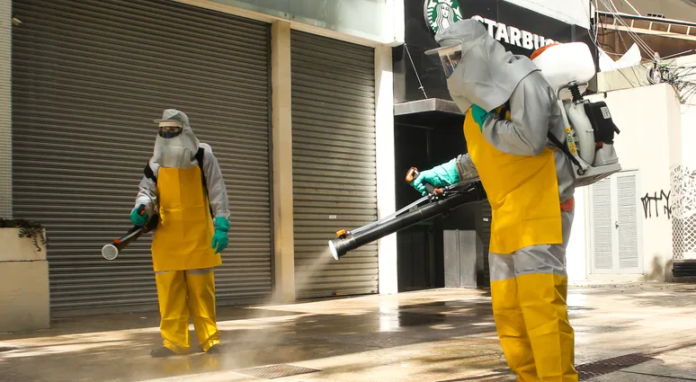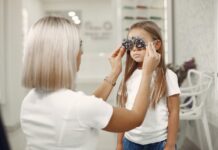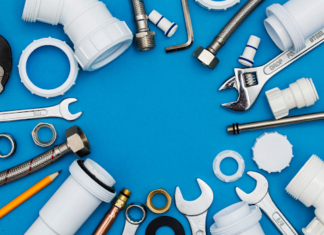Minimizing the risk of exposure to this global pandemic by proper cleaning and disinfection is a crucial part of reopening public places that will need sensible planning. Everyone has been called upon to stop the spread of the virus through maintaining social distancing and staying hygienic, such as frequently washing your hands and wearing masks and protective gloves. Everyone has to take part in making their communities safe and hygienic.
The microbes that cause COVID-19 can be exterminated if you utilize the appropriate products. EPA has a huge list of disinfectant products that can be used against coronavirus including disinfecting and cleaning sprayers, concentrates, and wipes. Each product has been revealed to be efficient against bacteria and viruses that are hard to eradicate.
This article provides general guidance for cleaning and disinfection practices. The guidance is based on doing the following:
- Routine cleaning with soap and regular water will reduce the viruses on the surfaces and objects, which eventually minimizes the risk of exposure.
- Disinfection methods using EPA approved disinfectants against novel coronavirus can also help reduce the risk. Regular disinfection of frequently touched surfaces and objects is crucial.
- If you can’t find EPA approved disinfectants, you can make your own by mixing 1/3 cup of bleach with 1 gallon of water or 70% alcoholic solutions. Never mix bleach or other disinfection products together. This can cause fumes that may be very harmful to respiratory organs.
How to Reduce the Risk of Exposure to Coronavirus
- Coronavirus on the surfaces and objects naturally decease after within hours to days. Warm and humid temperatures and exposure to sunlight will decrease the time of survival of the virus on the surfaces.
- Routine cleaning with soap, water, and detergent removes grime, dirt, and visibly soiled surfaces. It also lowers the risk of spreading infection.
- Disinfectants effectively kill pathogens on surfaces. Killing pathogens on surfaces and objects after cleaning can further minimize the risk of spreading coronavirus infection. Use Elite 3000 disinfectant sprayer to effectively kill viruses. This sprayer is a high production, portable and powerful sprayer that can be used in office buildings, workout facilities, municipalities, public transportation, and hospitals. It is recommended to thoroughly read the manufacturer’s safety guidelines for wearing proper PPE kit while using the disinfectant sprayers. Do not use these sprayers on electric devices and equipment.
- Store and use disinfectant solutions in an appropriate manner by following the instructions given on the label.
- Do not stockpile disinfectants or other supplies, otherwise it can result in shortages of disinfectant products for others to use in critical situations.
- Always wear protective gloves while using chemicals for cleaning and disinfecting. Personal protective equipment might be required bases on setting and product.
- Try to maintain social distancing, wear facial coverings and follow hygiene measures including washing your hands frequently. It is recommended to use alcoholic-based sanitizer. If not available, you can also use water and soap.
If you are managing the staff in the workplace, your plan must include the safety of cleaning staff. These people are at higher risk of being exposed to the virus and to any harmful effects of the disinfectant solutions. The staff should wear proper PPE kit for cleaning and disinfection. In order to protect your cleaning staff and to ensure that the products are used effectively, it is important to properly instruct your staff on how to apply disinfectant products according to the label.
If you are confused about how to clean or disinfect hard and non-porous surfaces or items like metal, glass, or plastics, have a look on EPA’s list of approved products for use against viruses. This list will surely help you find the most appropriate disinfectant for the particular surface or object. You can also use household bleach solutions if feasible for the surface. There are other effective disinfectant solutions such as hydrogen peroxide, quaternary ammonium compounds, ethanol, isopropanol, and aldehyde. Don’t forget to pay special attention to the PPE kit that may be required to safely apply the disinfectant solutions. In addition, you need to follow the manufacturer’s recommendations concerning any extra hazards. Keep all the disinfectant and cleaning products away from the children.
Some example of frequently touched surfaces and objects that will need routine cleaning and disinfection are as follows:
- Countertops
- Tables and chairs
- Door handles
- Light switches
- Keychains
- Handles
- Smartphones and chargers
- Mouse and keyboards
- Desks
- Faucets and sinks
- Toilet seats
- Gas pump handles
- ATM machines
- Vehicles
- Touch screens
However, every business and facility will have different surfaces and objects that are often touched by a number of people. Regular disinfection practices of these surfaces and objects are essential to prevent the novel coronavirus. It is also crucial to change the ways we use public spaces to work, live, and play. We should continue thinking about our safety and the safety of others.









